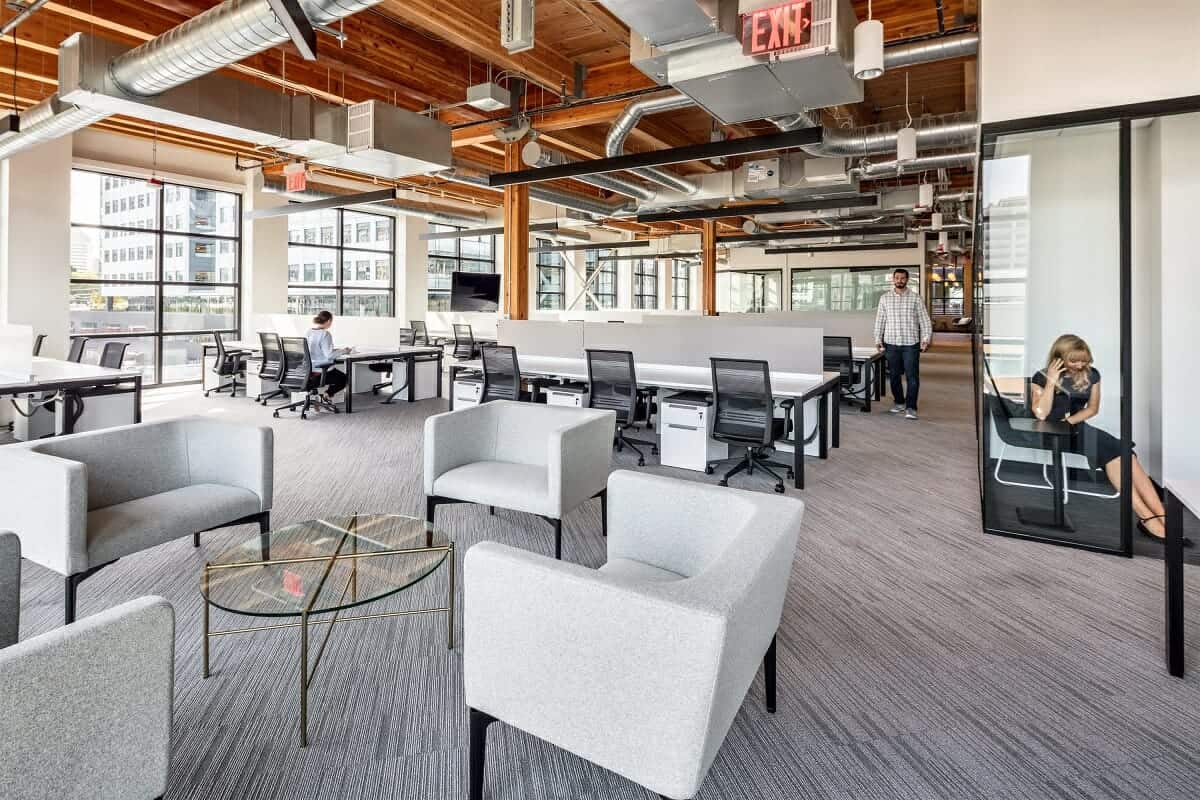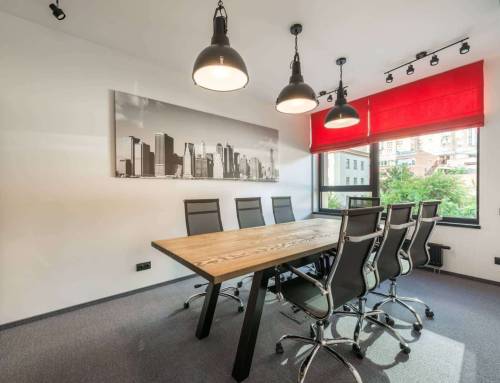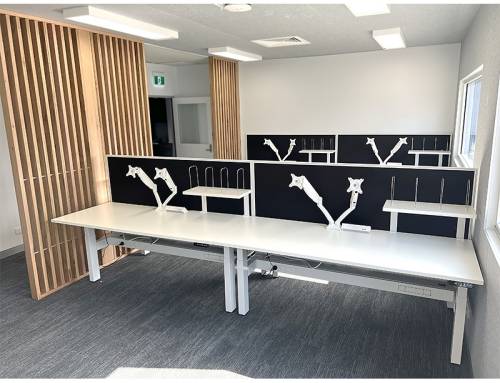Creating an accessible and inclusive workplace is essential to modern corporate practices globally, including in Australia. Ensuring that all employees, regardless of their abilities or disabilities, can work comfortably and efficiently is crucial. Let’s delve into the legal requirements for office desk design in Australia to guarantee accessibility and inclusivity for all.
The Importance of Accessibility
An accessible office design ensures employees have a convenient working environment, regardless of their physical or cognitive abilities. By adhering to accessibility requirements, employers can promote increased productivity and ensure compliance with office desk legal requirements. In Australia, the Disability Discrimination Act (DDA) 1992 sets the foundation for such requirements.
The Disability Discrimination Act (DDA) of 1992
The DDA is a federal law in Australia that aims to eliminate discrimination as far as possible against persons with disabilities in many areas, including workplaces. Although the DDA does not explicitly provide guidelines specific to office desk design, it requires that employers make reasonable adjustments to accommodate employees with disabilities. This expectation implies that office desk design should account for all users’ needs.
Australian Standards AS 1428
In addition to the DDA, office desk design also needs to consider the Australian Standards AS 1428 series, which set design requirements to enable access for people with disabilities. Particular emphasis is given to wheelchair accessibility.
According to the AS 1428, office desks should be designed with a height clearance of 685 to 810 mm. This range accommodates wheelchair users comfortably, providing the user with the necessary vertical clearance. The legroom depth under the desk must be at least 600 mm to permit adequate knee, thigh, and toe clearance.
Ergonomics in Inclusivity
While the DDA sets the foundation for accommodating employees with disabilities, promoting ergonomics in the workplace contributes to a genuinely inclusive environment. An ergonomic design prioritizes user comfort and ease and is indispensably beneficial for users with mobility or dexterity limitations.
Adjustable desk heights, slide-out keyboard trays, ample lighting, and ergonomic accessories like adjustable chairs can significantly enhance the inclusiveness of a workspace and the overall well-being of all employees.
The Role of Assistive Technology
Alongside physical and ergonomic considerations, making provisions for visually, hearing-impaired, or cognitively disabled employees is critical in creating an accessible workspace.
Adjustable monitor arms facilitate flexible screen positioning for visually impaired users, while screen magnifiers, text-to-speech programs, and adaptable keyboards can help overcome various visual impairments.
For hearing-impaired users, the use of flashing light systems for alerts, visual alarms, and adjustable volume settings for shared devices provide an accessible working environment that caters to their unique requirements.
The Concept of Universal Design
Creating a universally accessible workplace allows a broad range of users to effectively utilize the provided facilities, regardless of their abilities. By implementing universal design principles in office desk design, employers can foster an environment that demonstrates empathy and embodies inclusiveness.
For example, sit-stand desks promote healthier work habits for all employees and favor wheelchair users. Spacious desks with ample legroom cater to wheelchair users while simultaneously providing a more comfortable workspace for all employees.
Beyond Legal Compliance: A Moral Responsibility
Meeting the legal requirements for accessibility demonstrates an organization’s commitment to creating an inclusive and accommodating work environment for all. By ensuring that your workplace is accessible and barrier-free, you attract and retain a diverse and talented workforce.
Conclusion
Adhering to legal requirements for office desk design in Australia and promoting accessibility and inclusivity for all should be a central aspect of your organization’s core values. By prioritizing accessibility in your office layout, you not only meet your legal obligations but also create a positive work environment that signifies your organization’s commitment to diversity, equality, and social responsibility.









